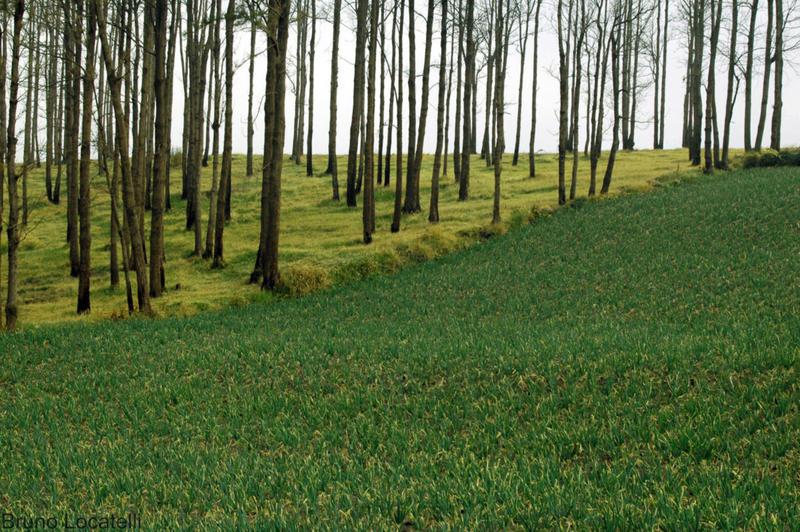Results & impact 10 October 2025
- Home
- Press area
- Press releases
- efficient use cultivated areas
Optimizing agricultural land use in the global South

Agricultural land allocation is now a major issue. Growing demand for food, along with the steady increase in biofuel production to satisfy energy consumption levels, mean that it is now vital to make efficient use of what is a limited resource. According to an article published this month in
PLOS ONE, researchers estimate that there is still substantial room for improvement in terms of cultivated land use in South America, Africa and some parts of Asia.
Large disparities between regions
Based on the two criteria used by conventional economic models (suitability for cultivation and market accessibility ), the article's authors established that there were large disparities between regions in terms of cultivated land allocation.
"We can distinguish between two main groups of regions", says CIRAD's Thierry Brunelle, the study's lead author. "In regions where intensive agriculture developed first - North America, the Middle East, Russia, China, India and the EU - it is generally the best land that is cultivated . In regions where agricultural development is more recent and where the agricultural frontier is still advancing in some cases, for instance in Latin America, Oceania, Africa and Southeast Asia, land allocation for cultivation is less geared towards the best land."
A lack of transport infrastructures could be one explanation
"In many cases, we think that a lack of transport infrastructures probably plays a substantial role", Thierry Brunelle suggests. "Poor roads and storage and sales facilities prevent the use of much more fertile land in some regions."
The history of the USA is a prime example. The first land to be cultivated was on the East coast and in the foothills of the Appalachians, regions that are relatively unproductive for agriculture. It was not until transport costs fell with the building of the railways that the fertile lands of the Midwest began to be farmed.
Learning ecologically intensive techniques, and access to land ownership
Knowing how to recognize land suitable for agriculture is one of the first things to learn. The authors stress the importance of the learning process when it comes to land use. This is followed by access to that more fertile land, which is the second obstacle farmers, and particularly smallholders, often encounter.
"Coordination between public institutions and the private sector will be vital in improving land use models, notably including better information, tax incentives and access to production factors", Thierry Brunelle explains. "Even more importantly, it is vital to promote more equal land access, to allow all types of farmers, including smallholders, to make use of the most suitable, most accessible land."
This study demonstrates the importance of the local context in modelling land use and steering land policy. Taking account of these specific spatial dynamics will provide a more accurate picture of land allocation processes, hence of land use.
Reference
T. Brunelle, D. Makowski. 2020. Assessing whether the best land is cultivated first: A quantile analysis . PLOS ONE



























